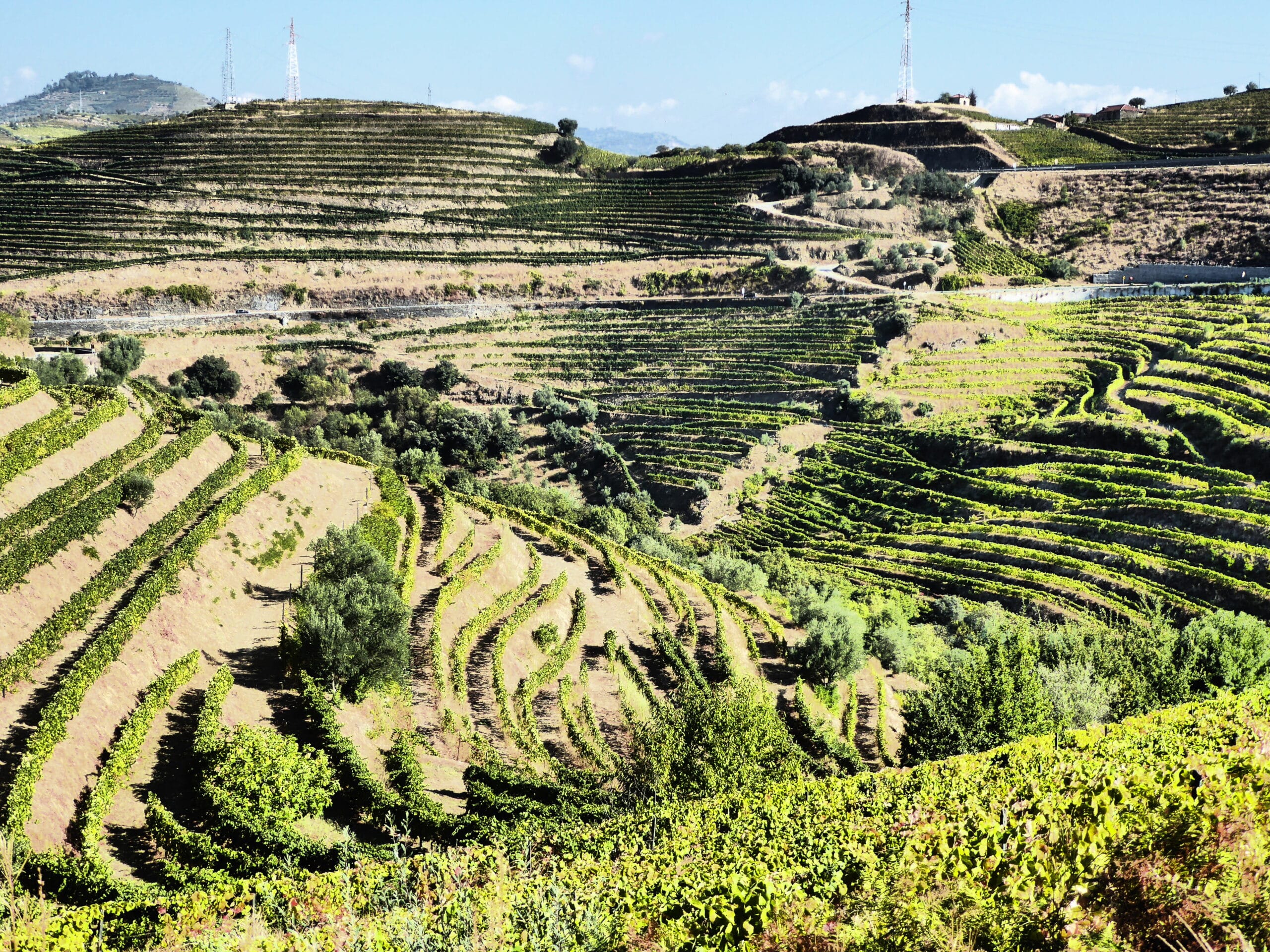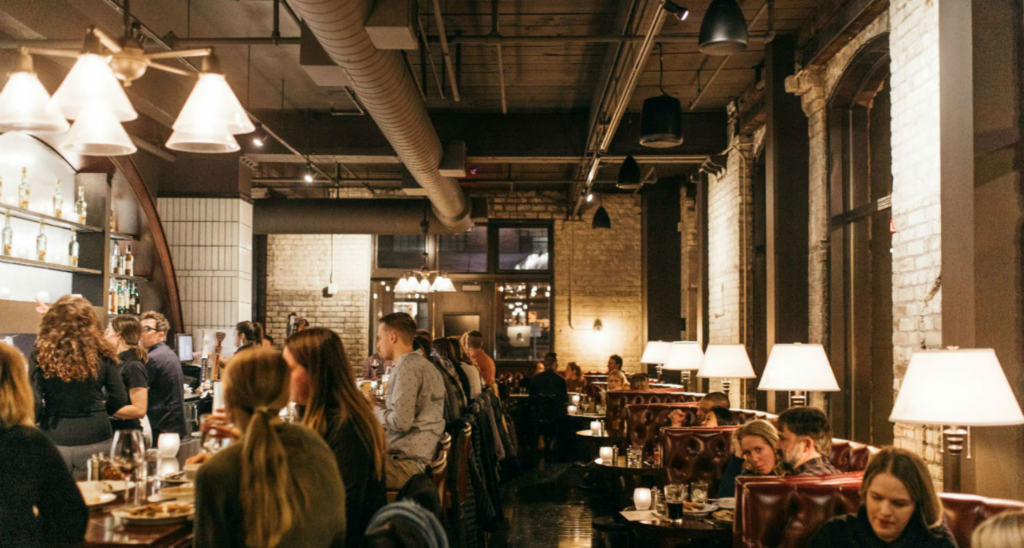January 26, 2024
Portugal has been the “it girl” for several years now (which normally means we’d stay away), but we’ve been to Portugal a few times before and the appeal is real. So, we decided try to outsmart the assumed crowds and return in late 2023.
The added benefit was sharing with Portugal with friends. Over drinks with our friends Colleen and Jordan a few weeks before, we mentioned we were going to Portugal. Excitedly, they said “we’ll be in Scotland anyway, we’ll meet you there!” For the geographically-challenged, Scotland nowhere near Portugal, but that’s their kind of spirit. Side note: If you don’t have friends that are up for anything at a moment’s notice, get some. They’re a blast.
In previous trips, we’ve been to a variety of places in Portugal.
So here’s a quick guide:
Summary
- Porto and Douro Valley
- Lisbon (and Sintra, Cascais, Melides and Comporta)
- Alentejo and Evora
- Faro/Algarve
- The Islands (Madeira and Azores)
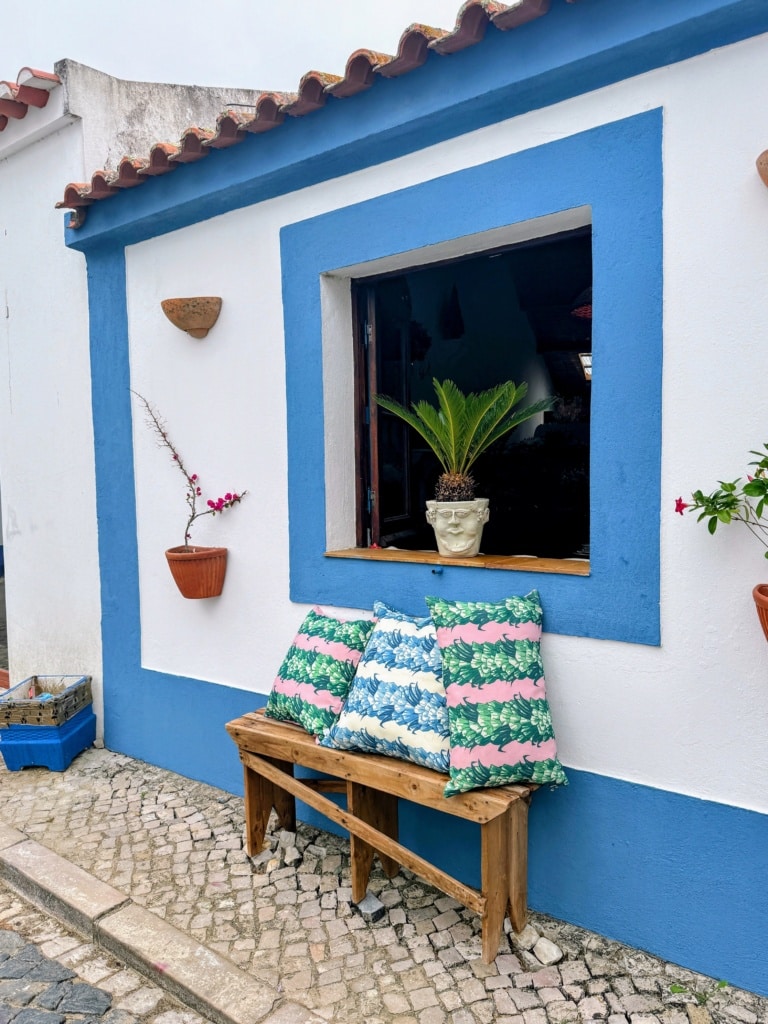
Porto and Douro Valley
Porto is on the Douro River and is the entry point for Douro Valley. It’s a beautiful little city in the north of Portugal with a medieval riverfront location and a historic city center known for narrow, cobbled streets and beautifully painted tiles throughout. It’s a city worth
In Porto, there are really two main streets (including Flower Street, a nighttime pedestrian street), an old train station with unbelievable tilework, and an arts district. It’s worth a walk up to the cathedral, especially through the neighborhoods, to see the view of the city and the water (and, of course, the Cathedral). It’s all easily done in one day. Porto is what we call a two-day town (meaning maybe 1-2 nights at most).
There are a few fun hotel options. 1872 River House is very quirky and kind of cool. Located right on the water, the space gives you a great portal to the small pathway of people walking by and the city at the riverside. The Torel Palace hotel is a beautiful property and a great experience.
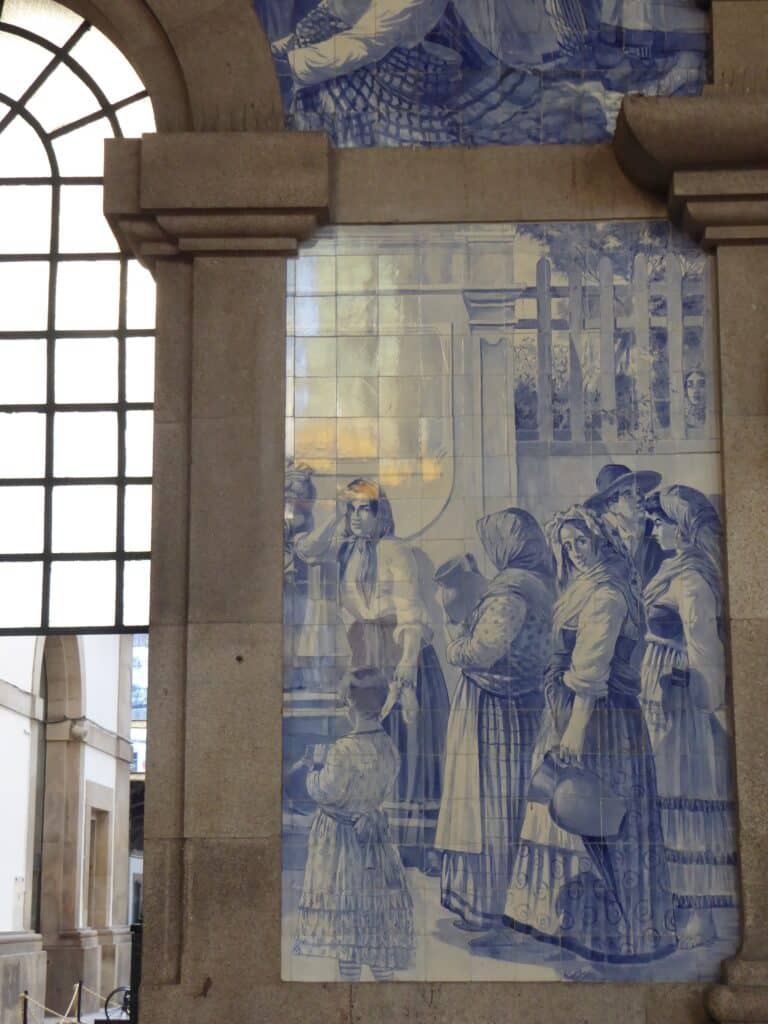
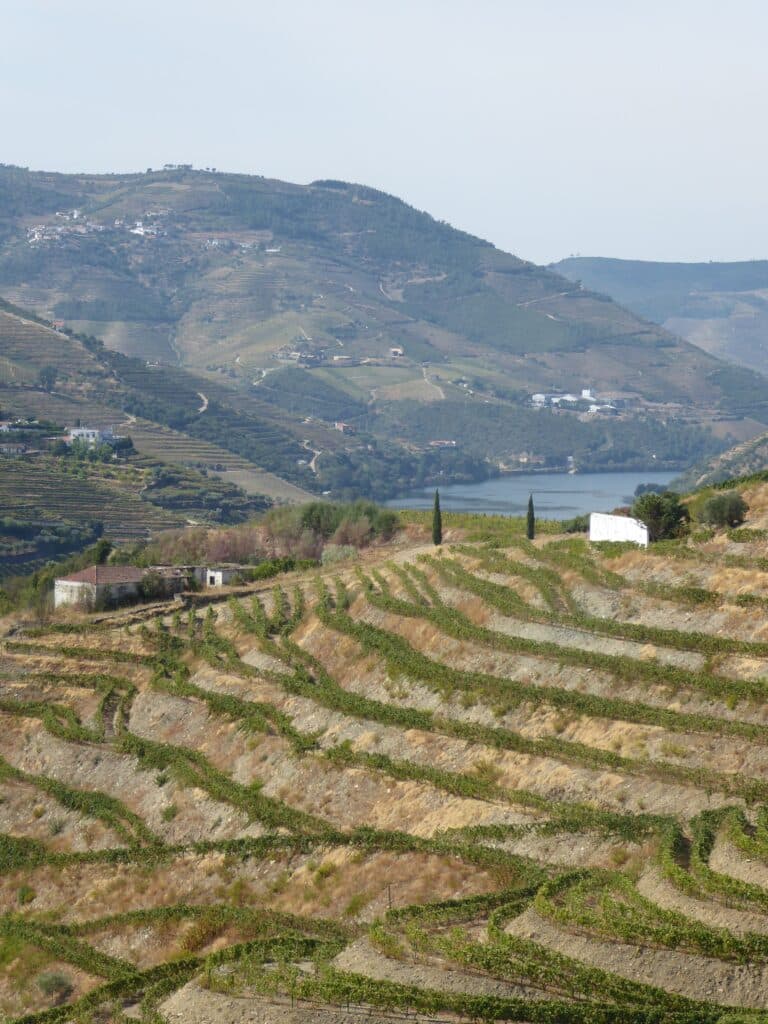
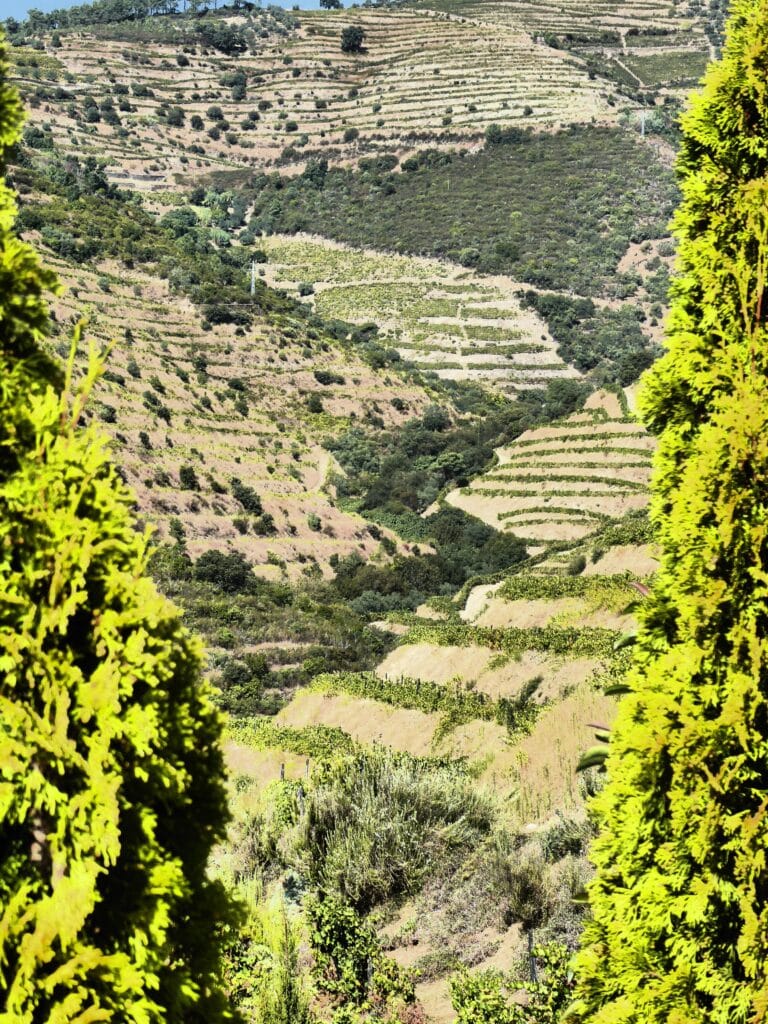
Why we liked it:
Porto is worth a stop, especially paired with a trip out to the beautiful Douro Valley. The valley is carved from beautiful hills with winding terraces that produce wine and port. It’s spectacular with one breathtaking vista after another, and it’s especially cool by either boat or helicopter. If you’re into more luxury, our favorite is the Six Senses, just outside of Régua.
It’s a hotel experience you won’t soon forget (although you may want to block out the part where you sign the bill). From there, you can mountain bike, kayak or take a helicopter tour to see a great part of the whole valley. And you’ll be introduced to the Douro Valley wines and ports that are hard to come by in the US.
What to beware of:
Porto is much smaller than Lisbon and has gotten VERY touristy. Pay attention to the timing of any visit to minimize crowds.
Lisbon
If you go to Portugal, you have to spend a least a few days in Lisbon.
To stay in Lisbon, the best choices are the Alfama or Bairro Alto. Alfama is a great neighborhood to get lost in the history and winding streets. It’s the oldest district that somewhat survived the 1755 earthquake that you will see references to all around the small country.
If you want a hip and happening neighborhood, try Bairro Alto. It’s got a concentration of cool shops, some of the city’s best restaurants and nightclubs.

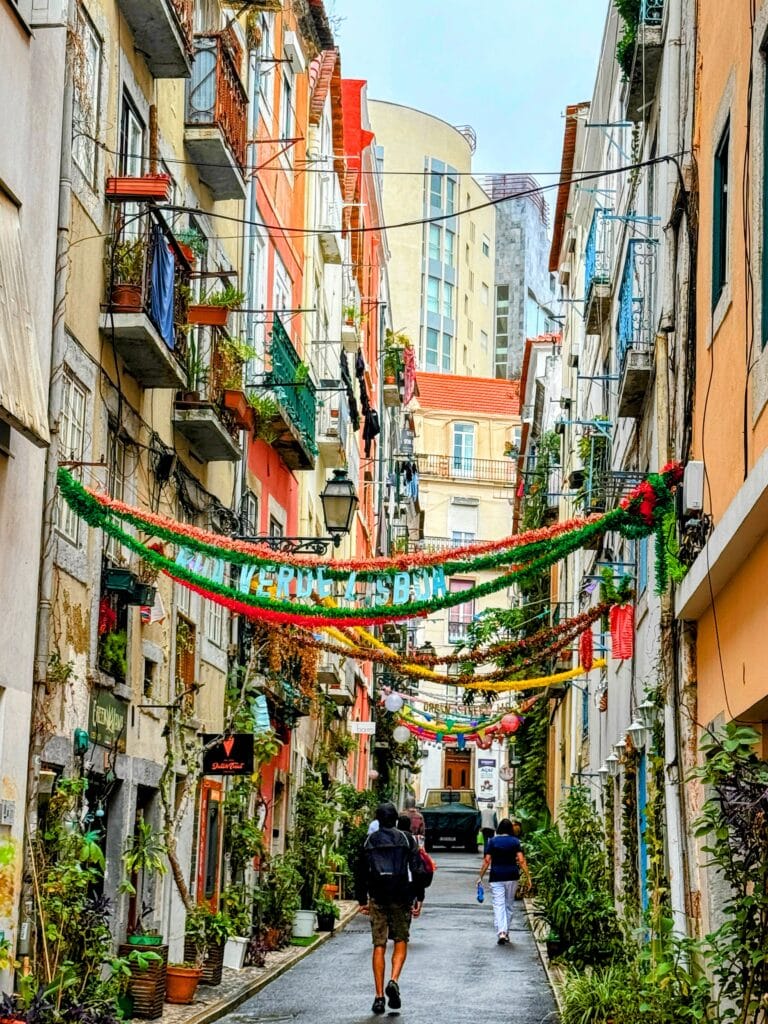
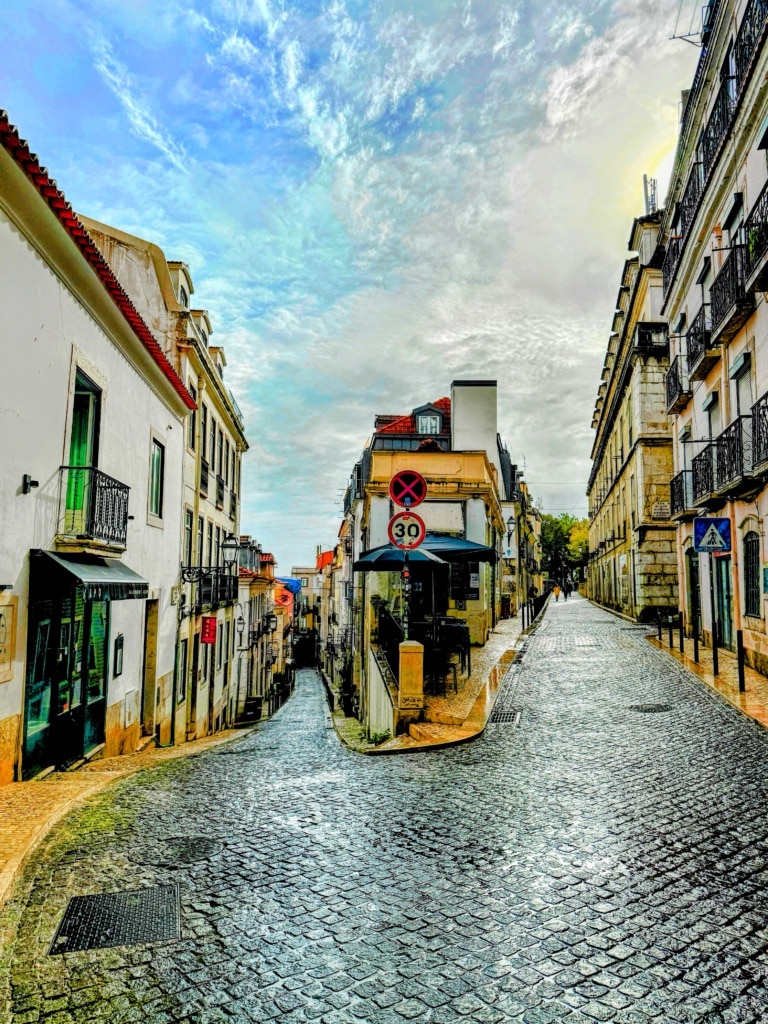
We’ve tried a lot of hotels in Lisbon and have found a few favorites:
If you’re used to teeny tiny European rooms, go for the fairly priced Memmo Alfama. It has one of the best rooftops, with an amazing city view.
If you want to feel like royalty, reserve a suite with a balcony at Palacete Chafariz D’el Rei, down the hill closest to the river in Alfama. The 1909 mansion-turned-hotel is a tourist attraction, and you will be widely photographed while drinking wine on the terrace. A bit pricey for Lisbon, although completely special if you can ignore the cruise ships parked not too far away.
And our hands down favorite for location and overall package is Verride Palácio de Santa Catarina. If you want a pretty incredible tasting menu experience, the restaurant Suba is in the hotel. I would recommend going for lunch to enjoy the city views while you eat.
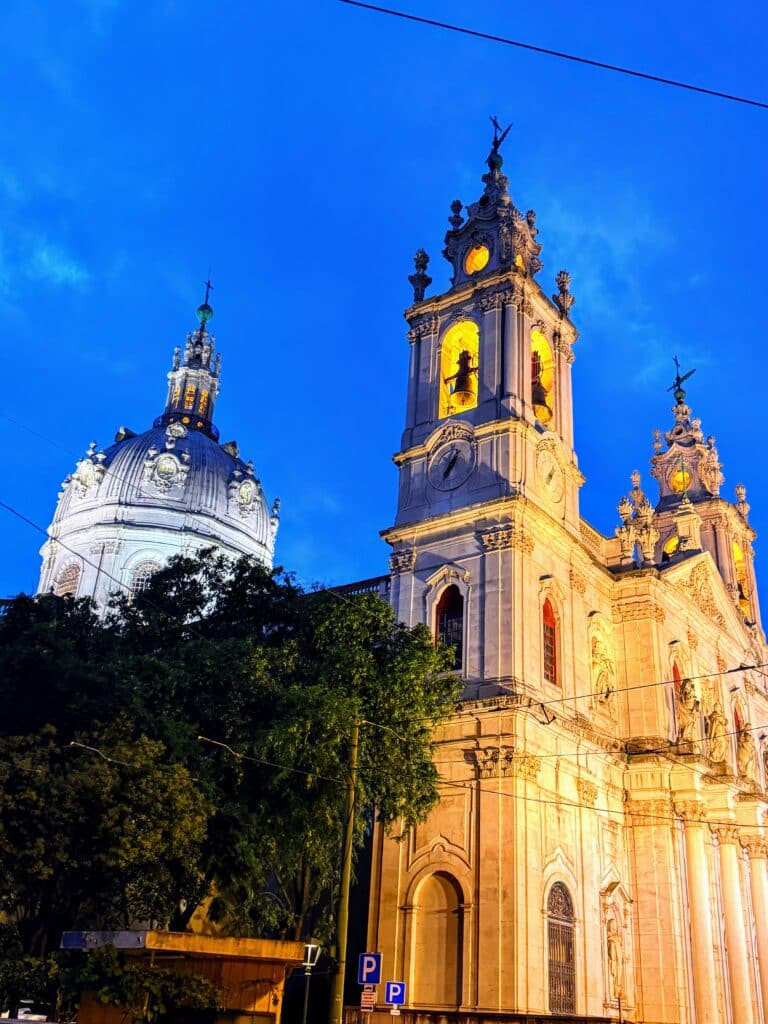

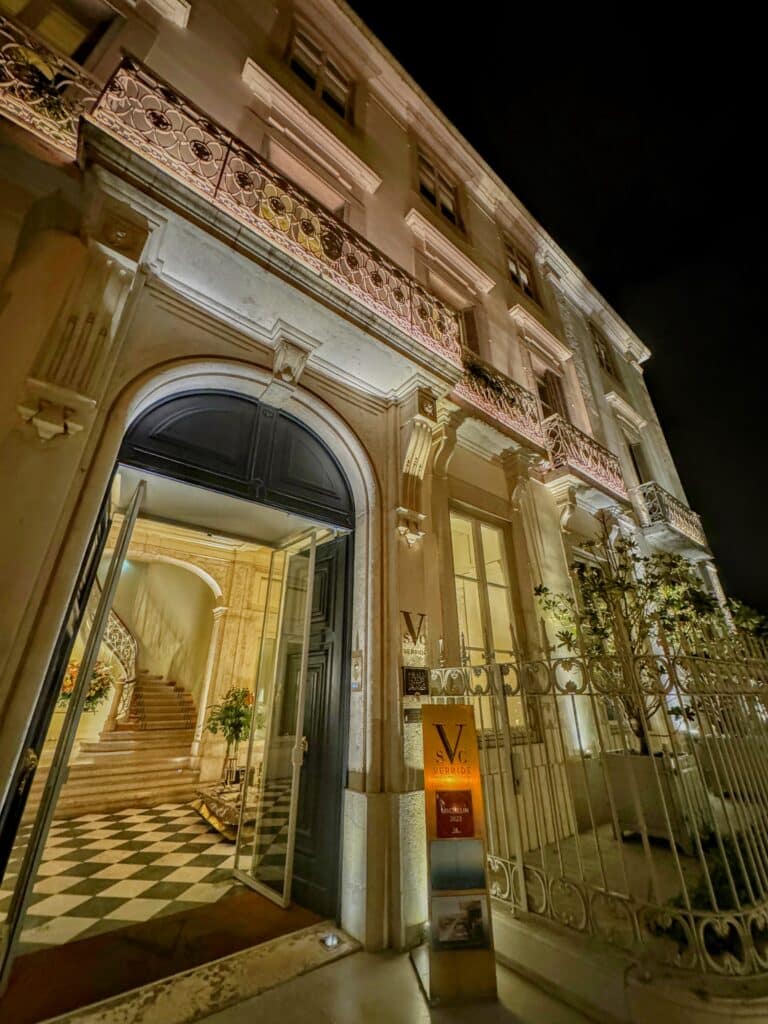
Lisbon is what we would call a three-to-four-day town, although many people we met there were on day five or six. The restaurants are amazing (see below), and the hills are formidable but great to work off the eating and drinking.
The city is quite charming, has the warmest winters in Europe and is filled with church after cathedral after church. There are also incredible vistas everywhere to look over the beautiful rooftops.
Day Trips or stays close to Lisbon:
For a day trip…
Most people venture to Sintra (a picturesque spot with hills and a castle) or Cascais (a smallish coastal town known for its seafood). Some people stay there, but Cascais feels like a typical European beach town, and Sintra is small and charming but OMG touristy. I wouldn’t recommend staying, but it’s worth a drive for the day to Sintra, a seafood lunch on the water (try Restaurante O Faroleiro) and a short walk near the beach in Cascias. Only do the Sintra castle tour if you like being in a line touring the inside of a castle (it’s hard to roam around yourself because of tourists). Frankly, the outside of the castle is better than the inside anyway. Best advice: have a hotel arrange a driver so you can look around and learn a little more about the region.
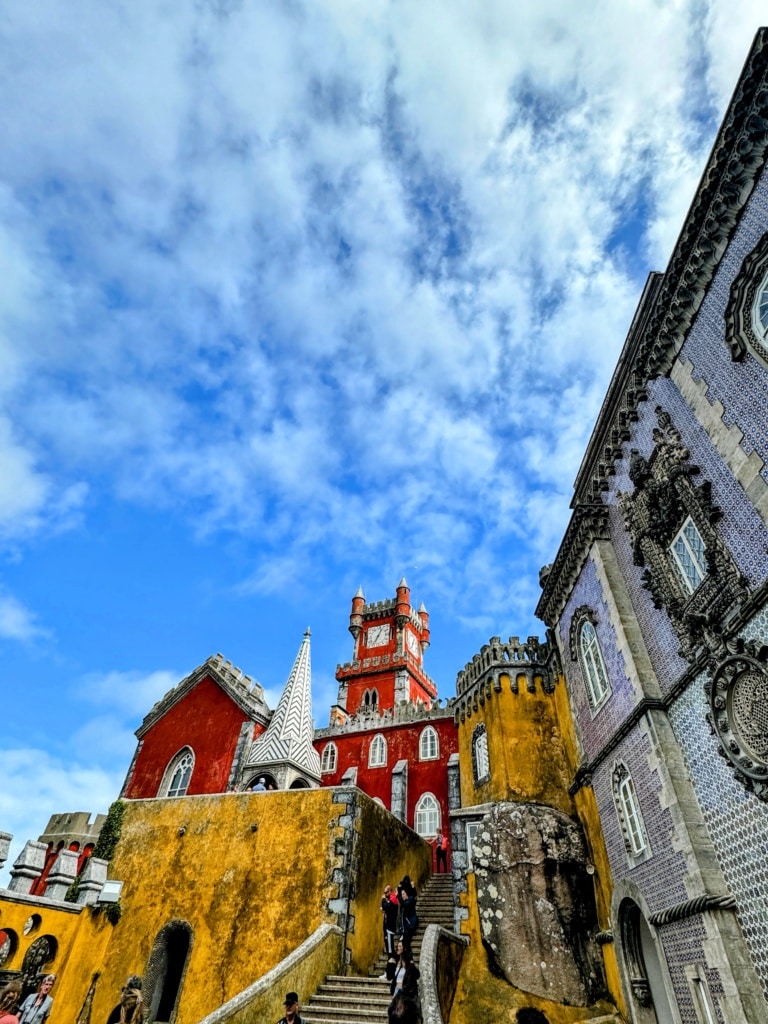
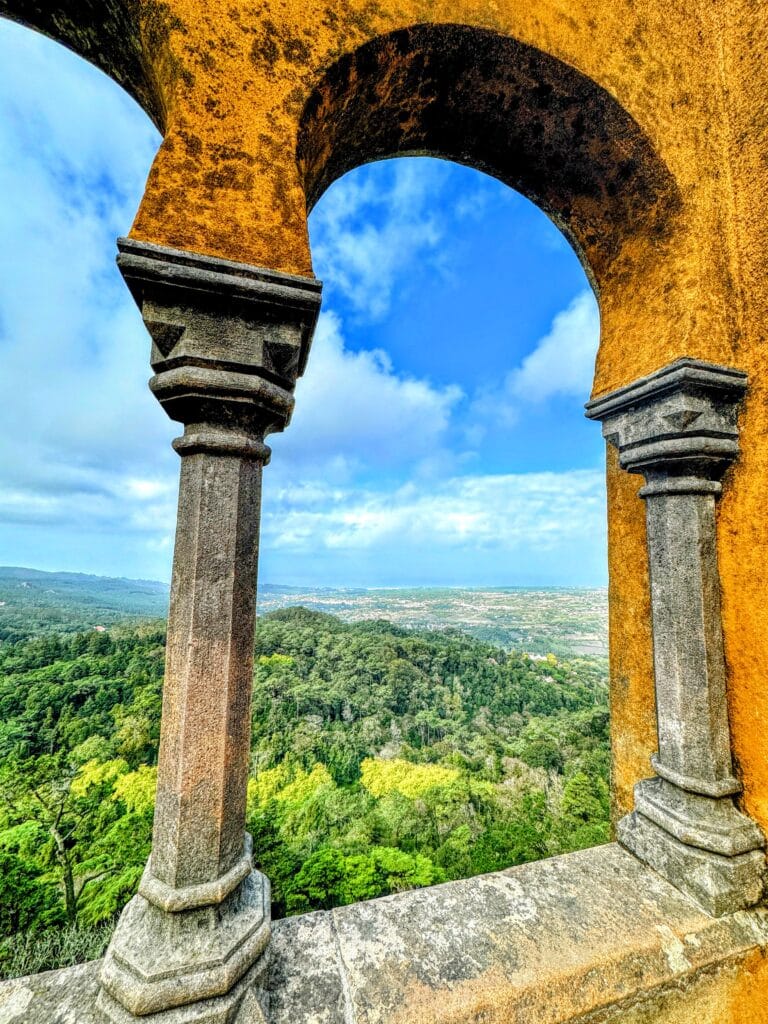
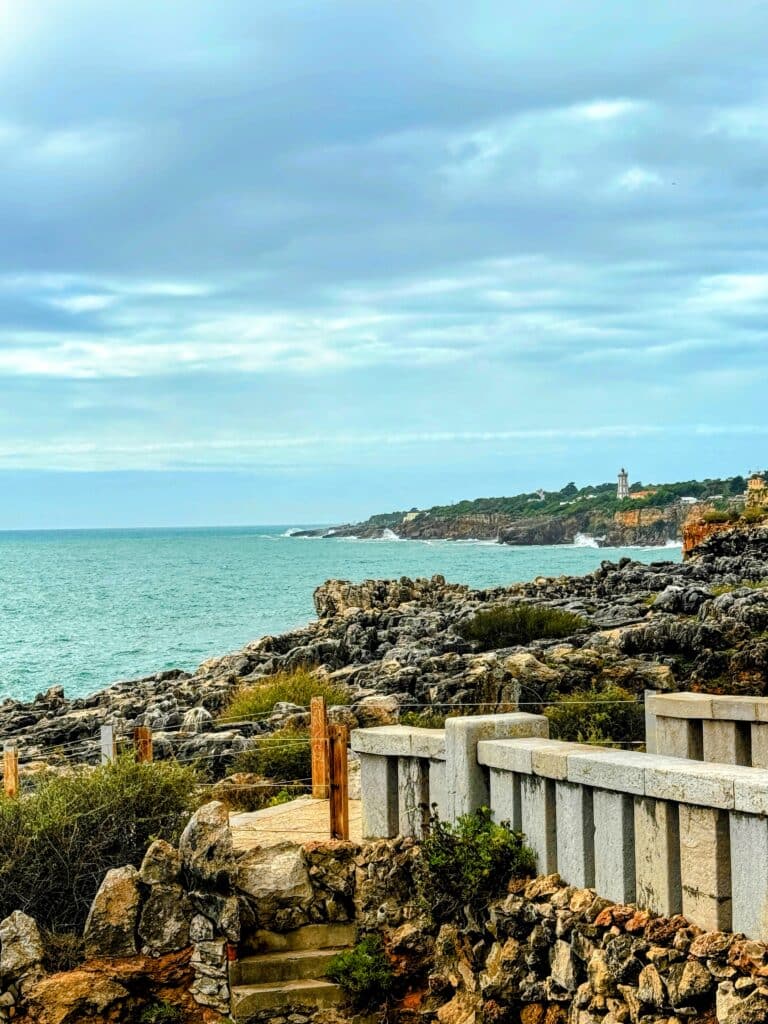
For stays close to, but outside of, Lisbon (could also be a day trip)…
Melides/Comporta
To stay outside, but close to Lisbon for a few days, one of our favorite stays was Melides’ Hotel Vermelho. Melides is still an authentic little, tiny town where you can have a beer on the street with the locals. We loved it, and it’s probably good to go before the hotel brings too many tourists to this adorable town.
The alternative in the area is the Sublime hotel near Comporta if you want a location more in the country. Hotels on the beach in this part of Portugal don’t really exist, but the beach is never far away.
In the area, take a swing over to Black Pig Gin for a G&T complete with patios and cool animals.
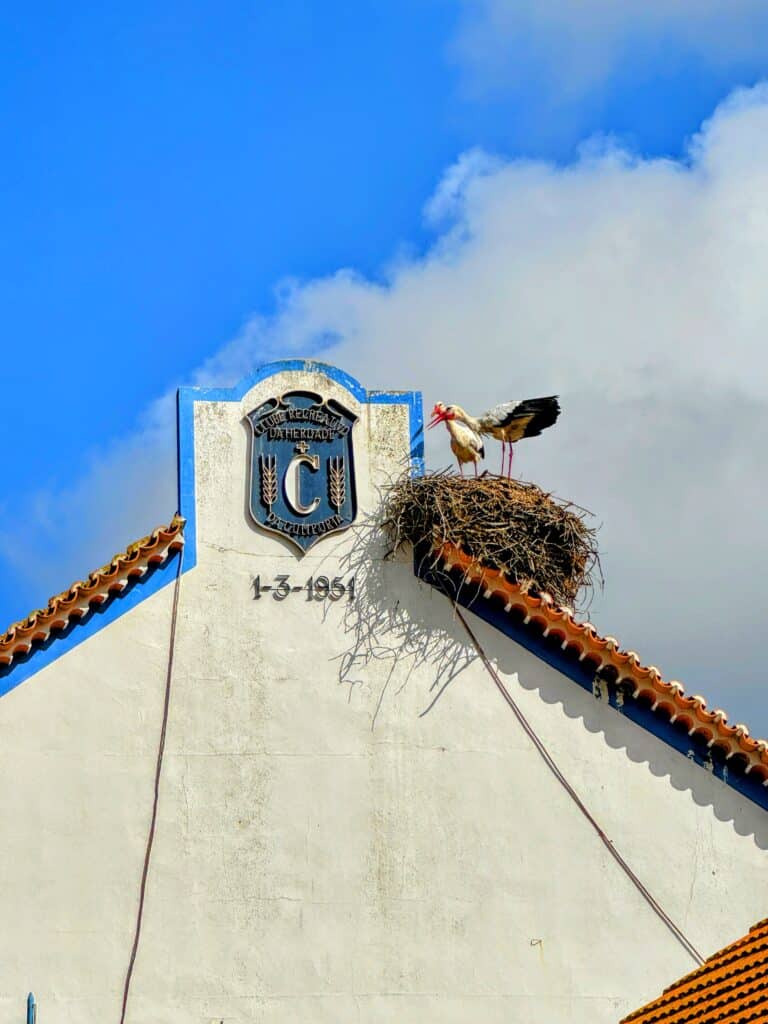
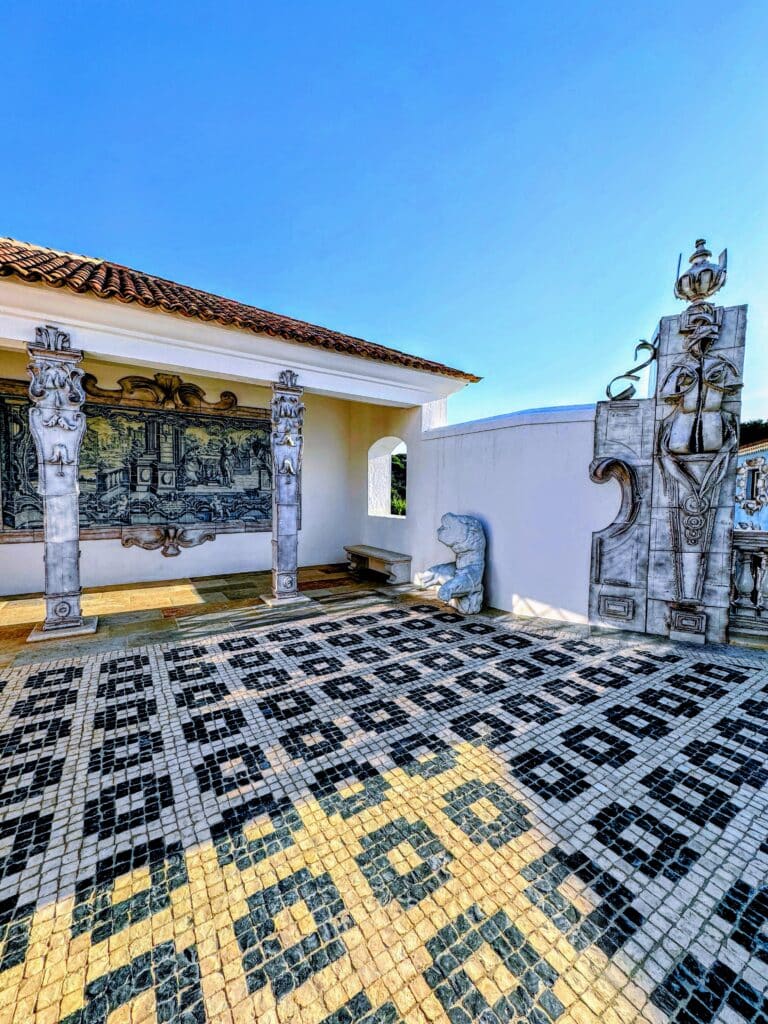
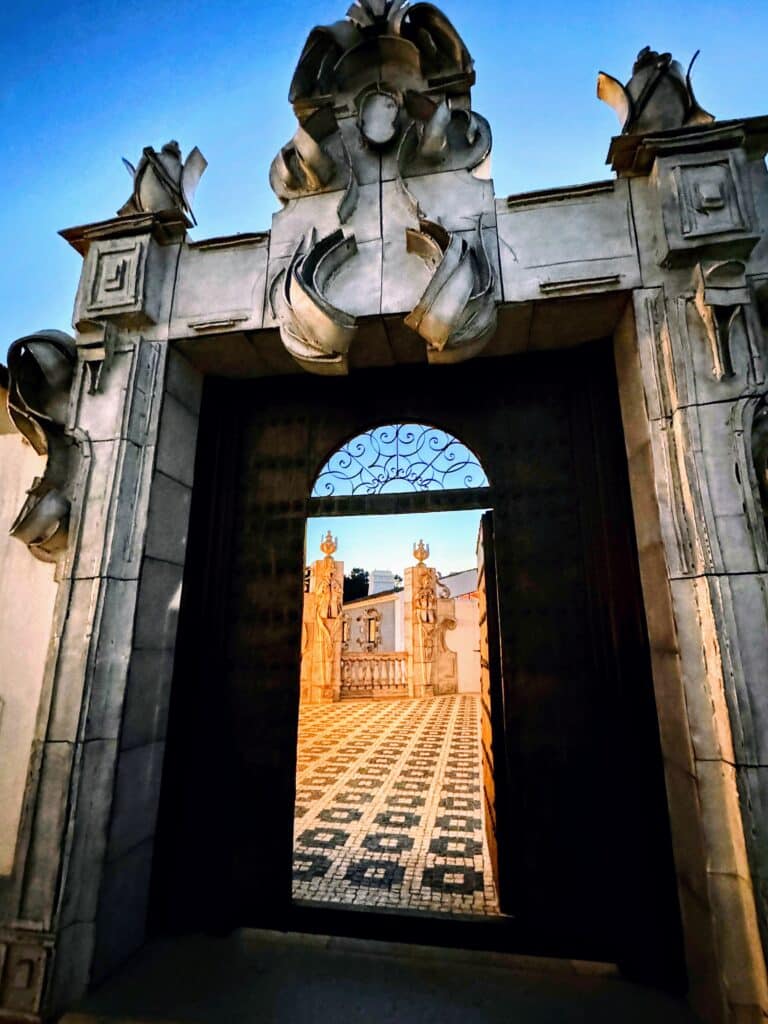
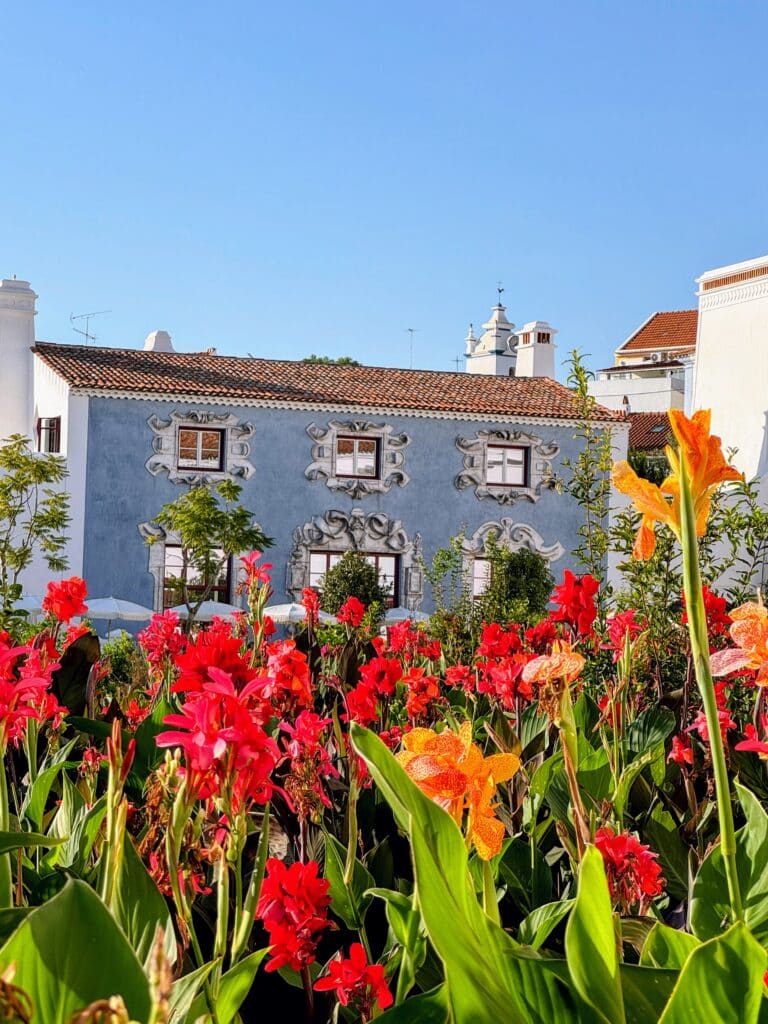
Alentejo
This region is really only an hour east of Lisbon, but Alentejo is a completely different terrain. The Douro is green, lush and terraced, and the hills are high. Alentejo is known for rolling pastoral countryside with cork trees, olive trees and vineyards, and its farms with steers, sheep, bull-fighting bulls, turkeys and regular cows.
The thing about this region is that it would be hard to imagine liking it from a car or bus. The countryside isn’t really beautiful until you get out and get in it. To that end, there are many bike tour and rental companies, even for electric assist bikes, so you can smell the air, talk to the cows, sheep, turkeys and black pigs and see how the cork trees are harvested. (Did you know it takes 7-8 years to re-grow the cork?)
The city that punctuates this area is Evora. All the rest of the surrounding cities emphasize function over beauty. Evora has a 16th century aqueduct running through the town, some incredible winding streets and beautiful churches. And take time to visit Cartuxa Winery to learn and taste the wines from the region. It’s the only winery not to miss.
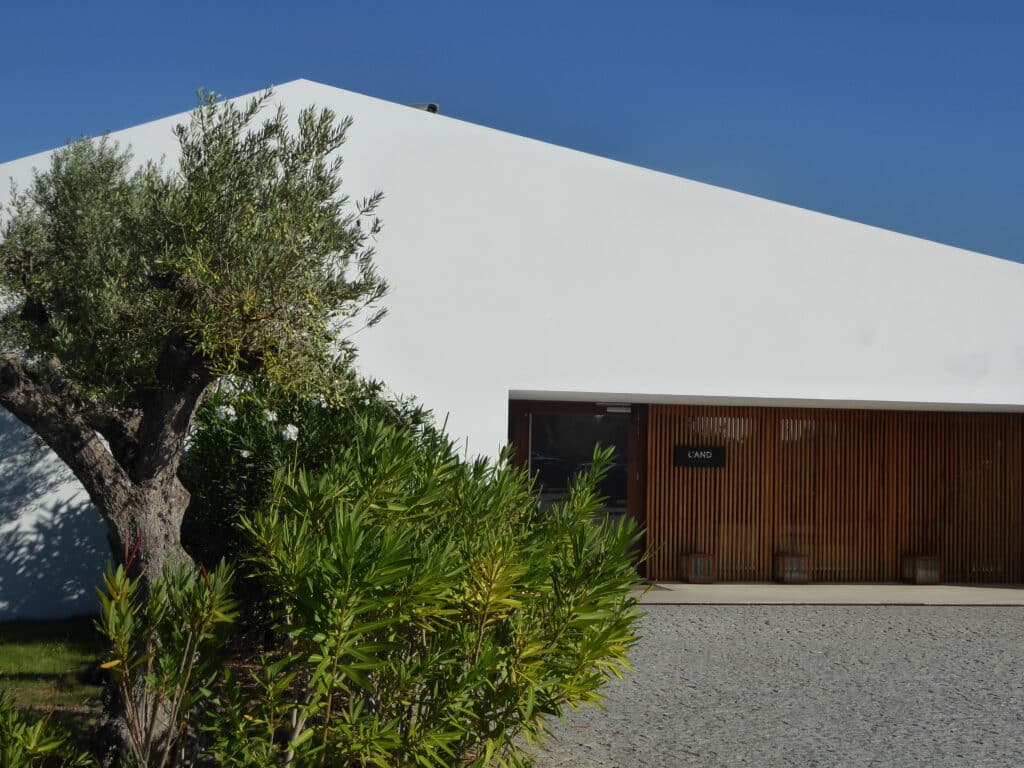
Hotel recommendations in this region depend upon the experience you want. L’AND Vineyards in the shadow of Montemor gives a more rural, luxury experience in close proximity to town.
Imani Country House near Valverde is a charming, quirky farm converted into country hotel. It gives you the chance to eat outside under the stars, listen to the owls and birds and feed apples to the donkeys in the morning. It’s also close to one of the more famous dolman sites, or mini-Stonehenge, that litter the region Almendres.
In Evora, our favorite was M`AR De AR Aqueduto, right inside the wall and close to the aqueduct.
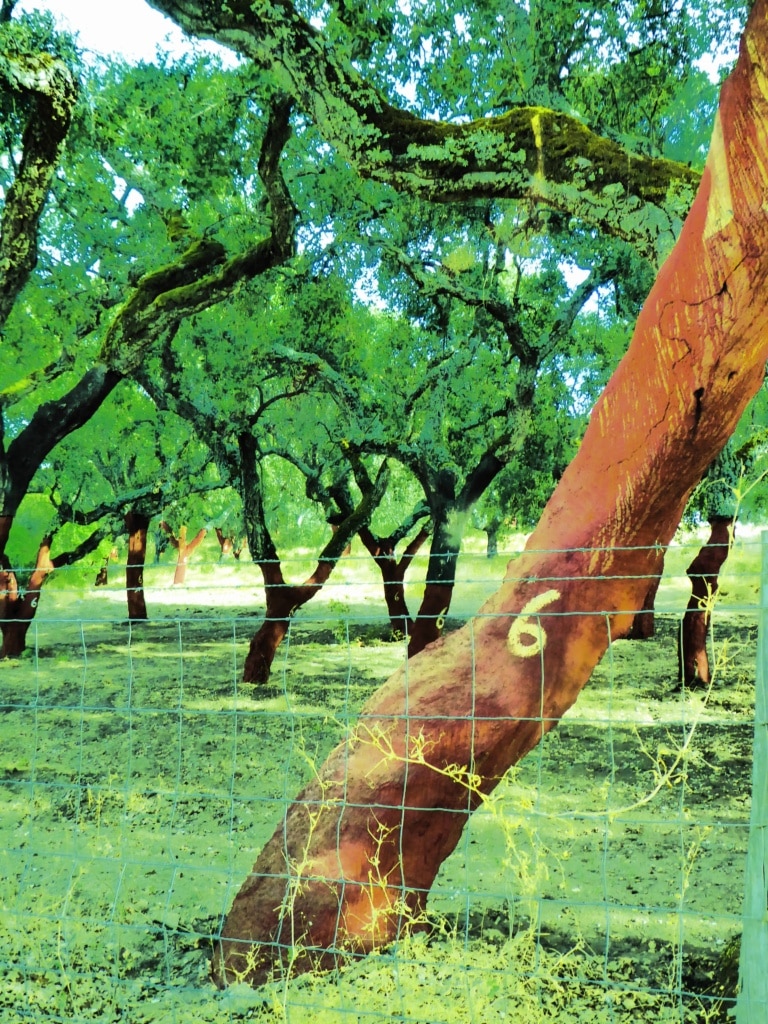
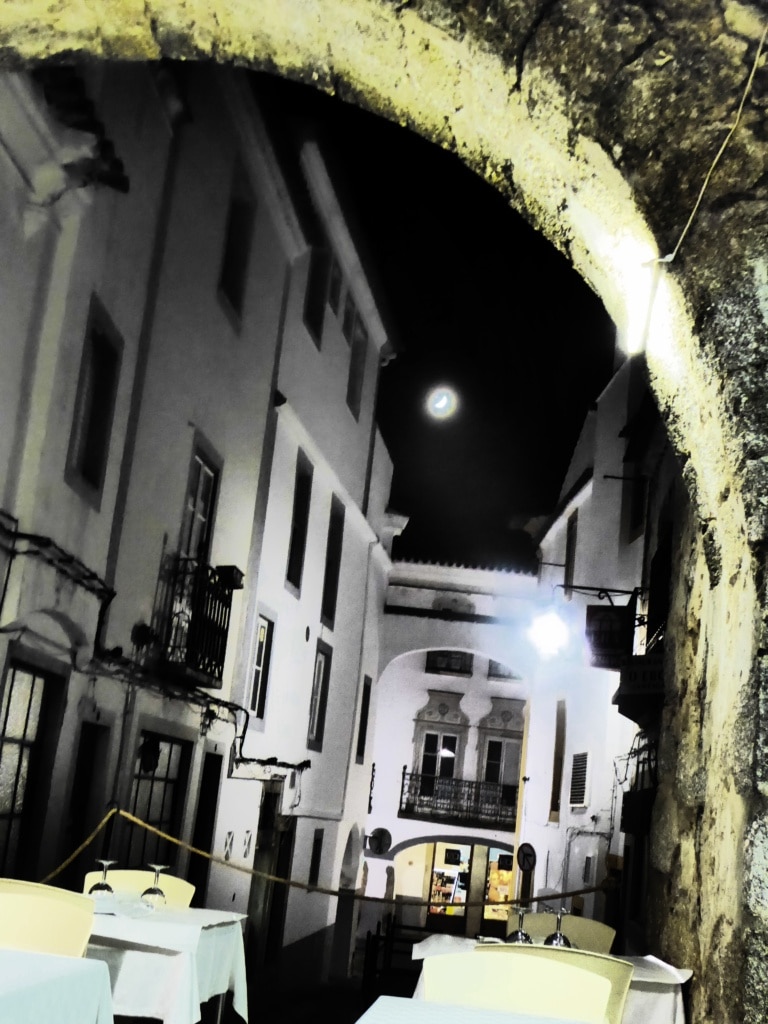
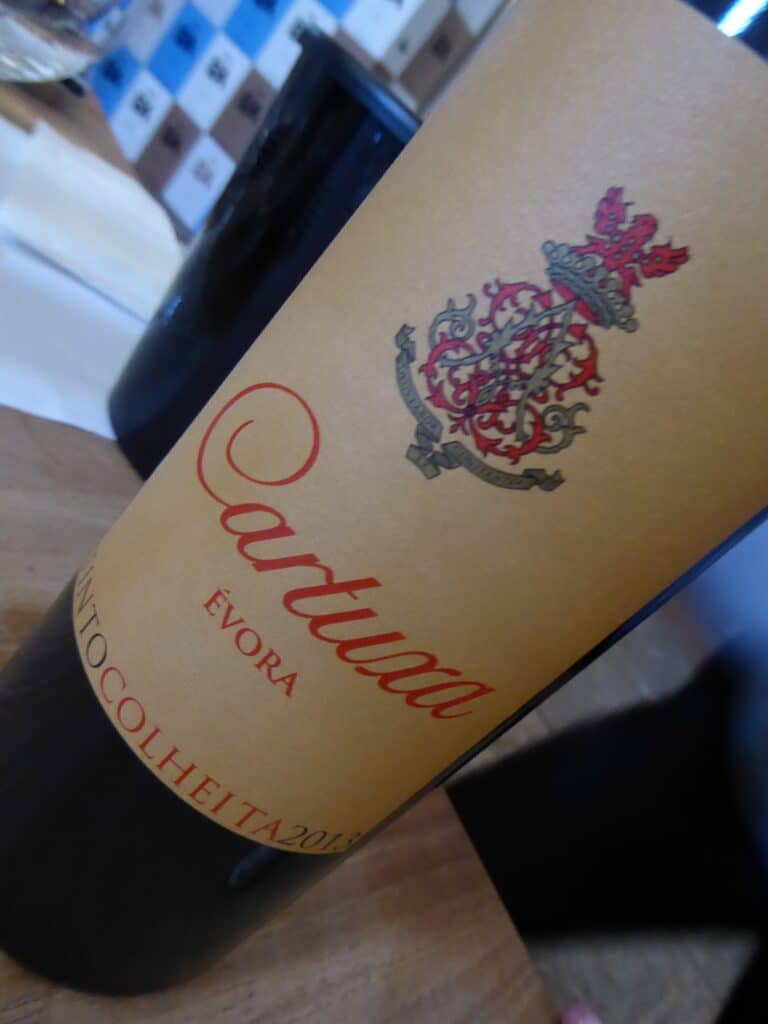
A little further afield…
Faro/Algarve
Algarve has become very popular with more of a European beach town vibe. The villages are quite pretty, the coastline is all Instagram ready, but it really wasn’t our scene. We much preferred the areas of Melides and Comporta if you wanted some beach time.
The Islands
Madeira and Azores are the islands most people refer to in Portugal. Again, a quick summary: Madeira is much more happening and crowded. Beautiful, but a different vibe. Azores is more our speed with quieter countryside surrounded by beautiful water.
With all of the destinations in Portugal, make sure to spend a few days in Lisbon no matter what.
Eating in Lisbon
Lisbon is the city of José Avillez. If you are a Michelin, long-meal-snob-type foodie, he has his mothership, Belcanto. If you’re like us and you love great food, but not long meals, you’ll prefer, well, any of his others. These include Cantinho do Avillez, Pizzaria Lisboa, Bairro do Avillez (his mini Eataly, with several concepts and experiences under one roof).
Time Out Market is usually a must do while in Lisbon, and it always has a fun vibe. Don’t miss the EmbaiXada market for lots of cool local shops, with a stop at Gin Lovers.
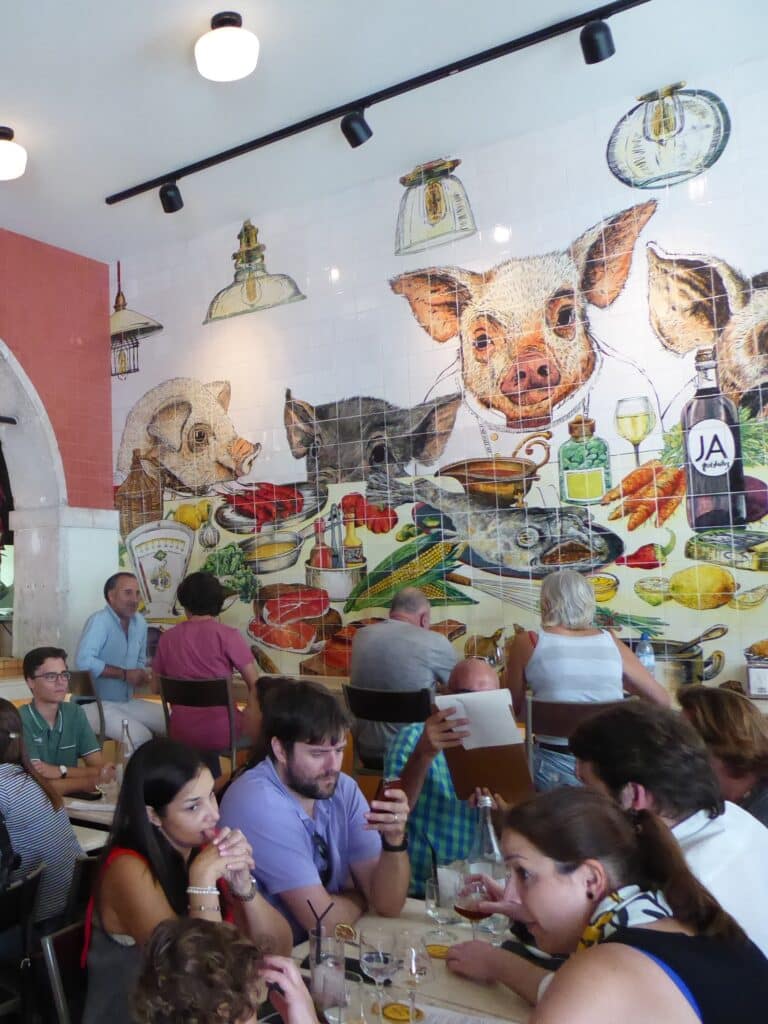
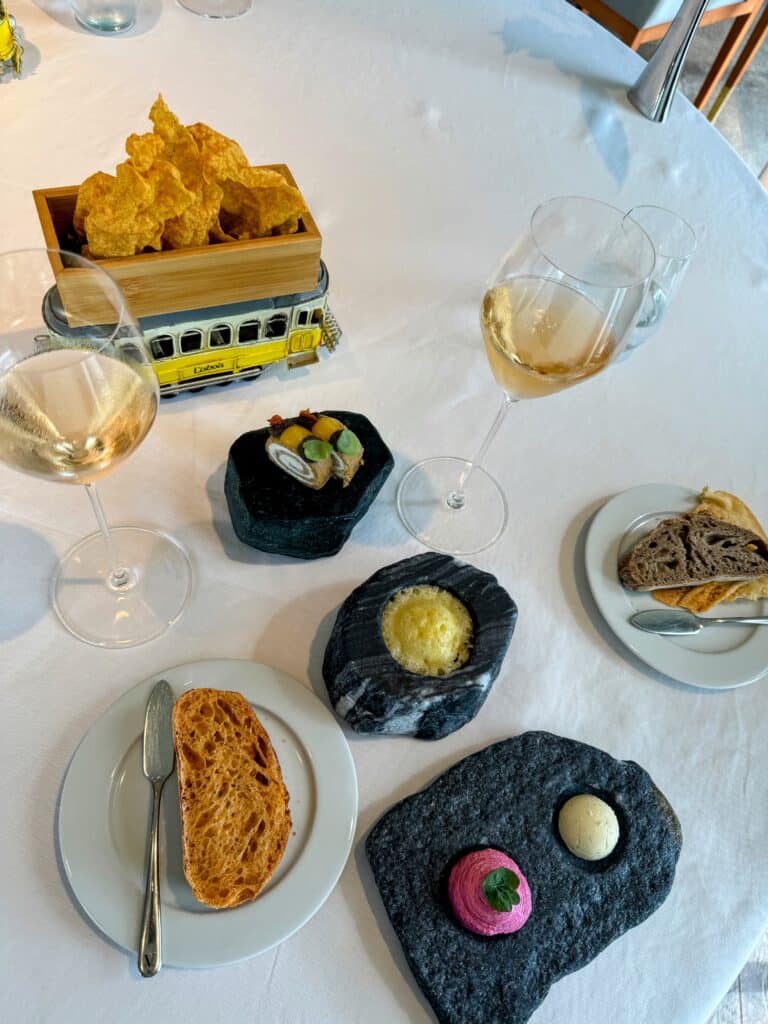
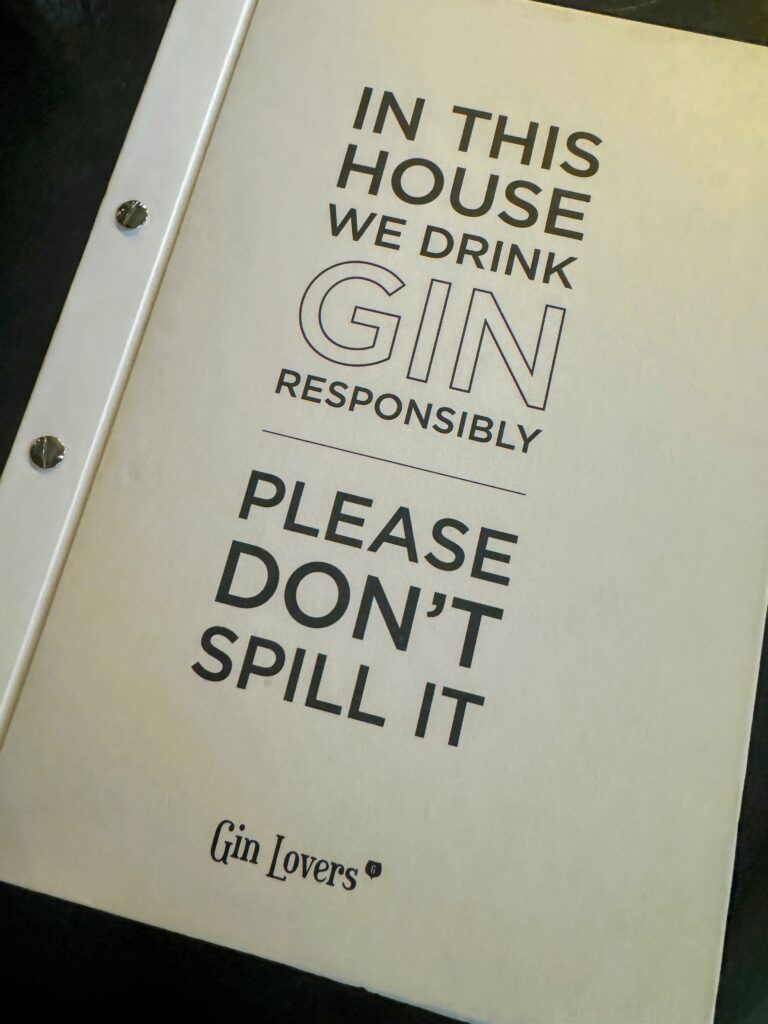
Others not to miss:
- Rosetta’s
- Solar 31 da Calçada
- Restaurante O Magano
- Restaurante Bonjardim for spit roasted chicken and fries
- Mini Bar
- Café Lisboa


